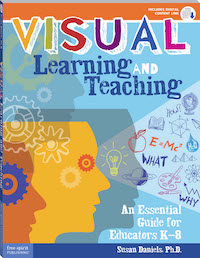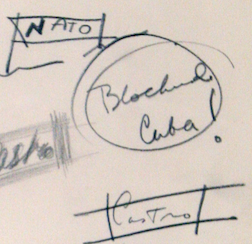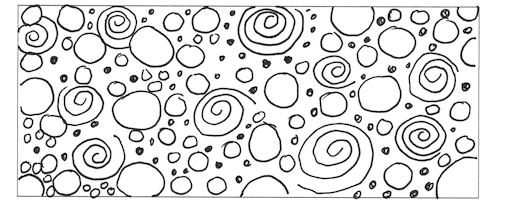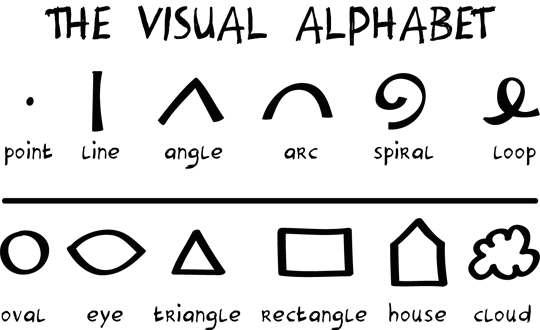Doodling Makes Learning More Sticky for Students
Doodling, in the past, has had a bad rap – thought to be an idle and mindless activity at best and a distraction from more serious pursuits at worst.
Yet, I had always suspected that the students in my classes who doodled, even abstractly, had greater recall.
I once observed a top-performing student in a residential high school for advanced math and science students doodle abstract designs while listening to high level physics lectures. When I interviewed her and asked how she could both doodle and remember what was said, she showed me that she took brief standard notes, as required by the teacher, on a separate sheet at the same time.
She said she could also recount what was being said throughout the lecture by looking at various parts of her abstract design. She said, “Doodling actually helps me stay focused. It doesn’t distract me; it keeps my mind from wandering.”
This student’s experience is supported by research. Evidence – from investigations in education and cognitive psychology – shows that doodling enhances learning and memory. Doodling builds cognitive skills – pattern recognition, image recall, analysis, comparison, synthesis, evaluation, and more – as well as conceptual understanding.
Further, integrating both words and doodles to enhance learning and memory has deep roots in cognitive psychology and neuroscience. Alan Pavio’s research on dual coding presents evidence that processing information both visually and verbally supports learning and retention.
Research on the picture-superiority effect, published by Whitehouse, Maybery, and Durkin in the British Journal of Developmental Psychology, shows that when ideas and concepts can be expressed in an image, as well as words, the brain remembers the information contained in that image to a much greater extent than in a verbal only text.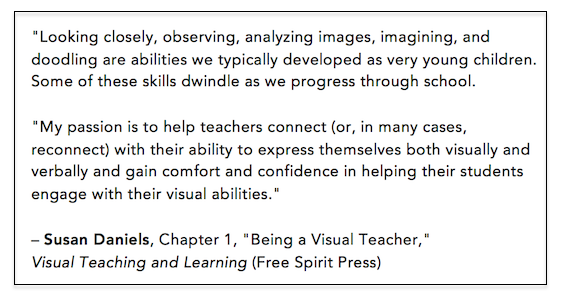
In The Doodle Revolution, Sunni Brown notes that Einstein, John F. Kennedy, Marie Curie, and Henry Ford all used doodling while engaged in deep thinking and problem solving. Her book includes a photo of JFK’s doodles at a Cabinet meeting during the Cuban Missile crisis. “There is no such thing as a mindless doodle,” Brown asserts.
Further, she notes that there is considerable evidence showing doodlers are most often concentrating intently, connecting neurological pathways with previously disconnected pathways, and engaging in deep and necessary information processing. Doodling, according to Brown, is making spontaneous marks to help you think—be they abstract doodles, such as margin designs or random sketches, or representational doodles, which are made to help illuminate the information being processed.
Benefits of Doodling
- Doodling activates visual processing and increases focus.
- Doodling, in particular, increases attention while listening to the spoken word.
- Doodling increases memory and retention.
- Doodling is an active cognitive process.
- Doodling supports both critical and creative thinking.
- Everyone can doodle – no artistic ability required.
- Doodling is fun!!!
At the highest level, Brown defines what she calls “infodoodling,” which uses simple representational doodles integrated with words, numbers, or symbols to optimize meaning. Doodling is important for learning and teaching, because it is a visual skill that supports learning and that is accessible and achievable by students and teachers alike.
“Everyone can doodle!”
When I lead workshops on visual learning and teaching, I urge participants to incorporate doodles as a part of their visual note taking during the day. I ask that they take a leap of faith and create their own doodles and sketches.
Inevitably, some will protest “But I can’t draw.” Yes, I know, but everyone can doodle. You don’t need artistic talent, just a willingness to make marks on a regular basis. You will become more comfortable with this visual teaching and learning strategy as you learn – or relearn – how to doodle. And you will be more comfortable teaching your students how to integrate visual and verbal modes to optimize their own learning as you do so yourself. Let’s look at some applications for doodling and visual learning in the classroom.
Often when I am in a meeting or listening to a presentation, I find myself doodling random shapes – circles, squares, triangles, etc. – and an assortment of lines – straight, curved, dotted, and dashed. These elements often pop up in abstract random doodles, at the edge of a page or in the margins, and for academic doodles they can be used to create simple representations of even the most complex concepts.
Your Turn: Doodling in the Classroom
For doodle practice, start by filling a page – or the margin of a page – with abstract doodles and simple shapes. Next, try your hand at creating representational doodles. You can start with doodles of these: a bike, camera, cat, clock, dog, earth, fish, house, light bulb, pen, pencil, or a school building.
Once you are comfortable with your own doodles, consider having a “doodle workshop” with your students. Start with abstract doodles – perhaps to elaborate the margins of a page. Or you might provide your students with a page of one inch circles and ask “How many different things can you make out of these circles.” You can also experiment with Dave Gray’s “visual alphabet.”
Now try modeling representational doodling for your students. Doodle a representation of something from your curriculum on your whiteboard or project a completed doodle for students to view. You might use representational doodles to illustrate concepts from a unit your are teaching – perhaps a character from a book, an object from science, a place from social studies or history – with a doodled map or a simple doodle of a building or a particular scene with historical figures or characters from a piece of literature.
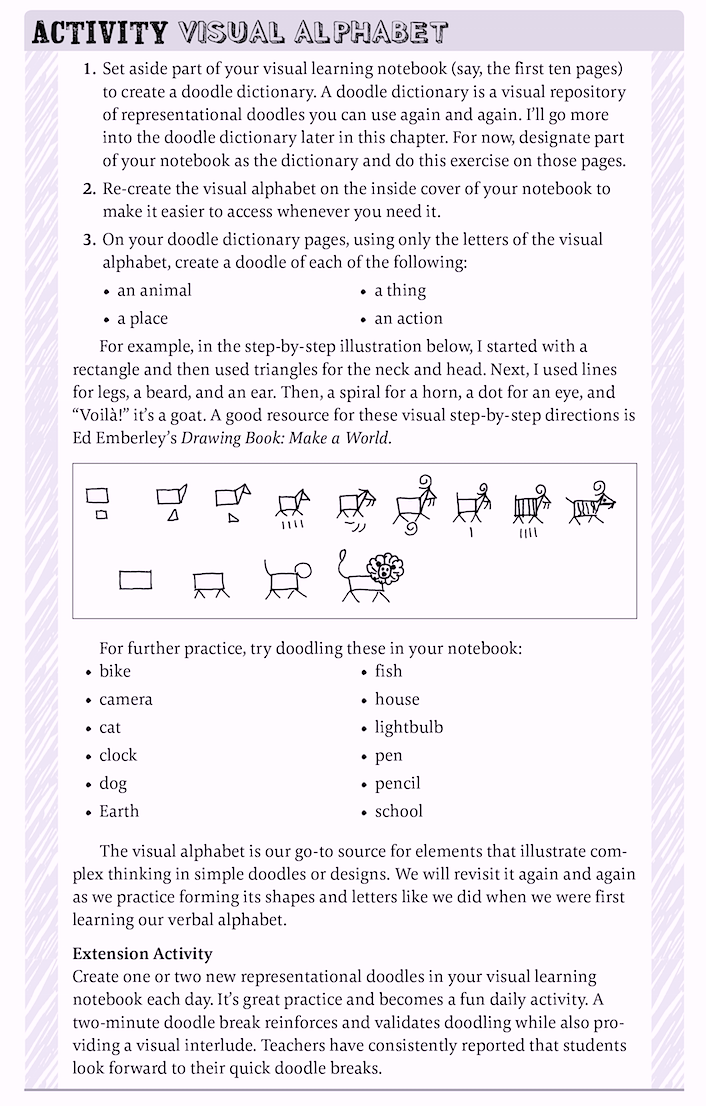
Then, plan to provide opportunities for students to create doodles each day; it’s great practice and becomes a fun daily activity. A two-minute doodle break during which students can doodle abstractly or representationally – the doodle content is their choice – provides doodling practice and creates a visual interlude. Or visual note taking can be done in two columns – with doodle content on the left and verbal content on the right.
Powerful learning applications
When students doodle to represent concepts and ideas, they synthesize information and encode it in memory for easy recall and retrieval. This is a strategy that can be used across grade levels and subject areas. The middle school teachers I work with have consistently reported that doodles have powerful learning applications in the classroom, and students look forward to the opportunity to doodle at school.
__________________________
